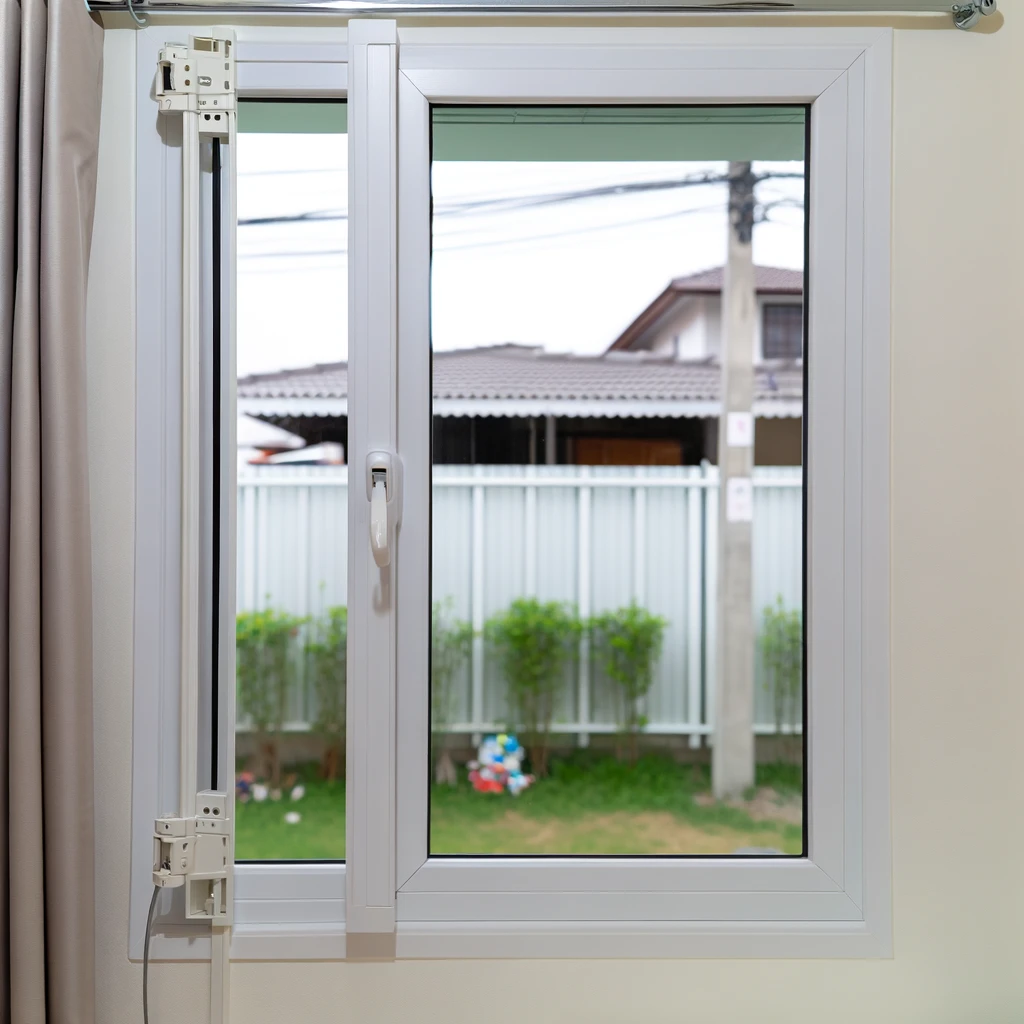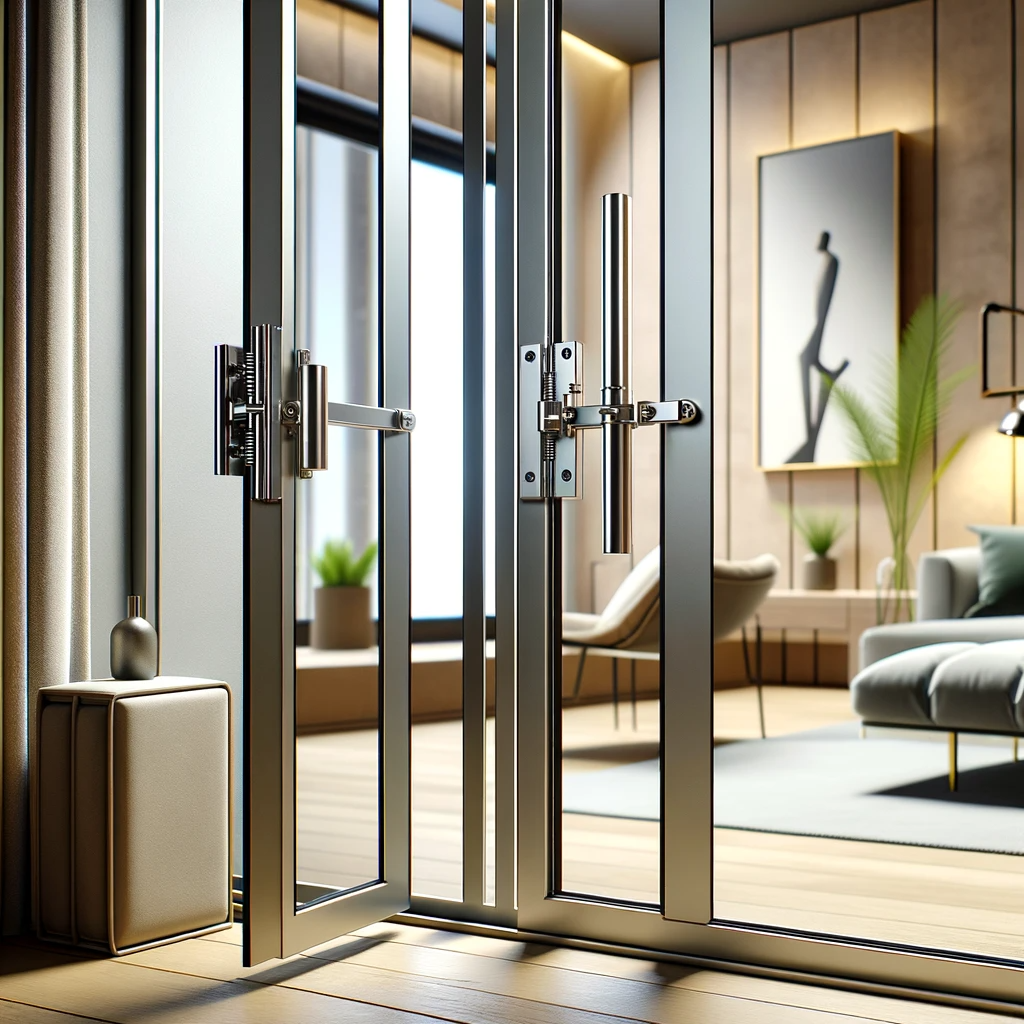Casement windows are a popular choice for homeowners due to their classic design and excellent ventilation capabilities. However, ensuring the safety and security of your loved ones, especially in homes with children or pets, is a top priority. This is where casement window restrictors come into play. In this article, we will explore the world of casement window restrictors, offering insights, expert advice, and practical tips to help you make informed decisions about their installation and usage.
An Overview
Casement window restrictors, often referred to as window limiters, are devices designed to control the opening and closing range of casement windows. These handy additions serve multiple purposes, including enhancing safety, improving energy efficiency, and preventing damage to the window frame caused by strong winds or accidental slamming.

The Importance of Casement Window Restrictors
Casement window restrictors play a crucial role in maintaining a secure and comfortable living environment. Here are some key reasons why they are a valuable addition to your home:
- Enhanced Child Safety: Casement windows can open wide, creating a potential hazard for curious children. Restrictors limit the window’s opening width, preventing accidents and falls.
- Improved Ventilation: While casement windows provide excellent ventilation, restrictors allow you to control the amount of airflow, keeping your home comfortable and well-ventilated.
- Energy Efficiency: By limiting the window’s opening, restrictors help maintain a consistent indoor temperature, reducing the need for constant heating or cooling.
- Prevention of Damage: Restrictors prevent casement windows from swinging open forcefully, reducing the risk of damage to the window frame or glass during windy conditions.

Types of Casement Window Restrictors
When it comes to casement window restrictors, you have several options to choose from. Each type offers unique features and benefits to cater to your specific needs.
1. Chain Restrictors
- Chain restrictors are the most common type and are easy to install.
- They allow for partial window opening while keeping it securely in place.
- Ideal for homes with children and pets.
2. Hinge Restrictors
- Hinge restrictors are discreet and blend seamlessly with the window’s design.
- They limit the window’s opening angle and provide added security.
3. Friction Stays
- Friction stays offer a more adjustable approach, allowing you to set various opening angles.
- They are durable and suitable for larger casement windows.

How to Install Casement Window Restrictors
Installing casement window restrictors is a straightforward process that you can often do yourself. Here’s a step-by-step guide:
- Gather Your Tools: You’ll need a screwdriver, drill, measuring tape, and the restrictor kit.
- Measure and Mark: Determine the desired opening width for your window and mark the location for the restrictor on both the frame and the sash.
- Attach the Restrictor: Use your screwdriver or drill to attach the restrictor to the frame and the sash, following the manufacturer’s instructions.
- Test the Restrictor: Ensure that the restrictor functions as intended, allowing you to open the window to your desired width.
- Childproof the Lock: If you have young children, consider adding a childproof lock to prevent them from tampering with the restrictor.

Can I install casement window restrictors myself?
Yes, many casement window restrictors are designed for easy DIY installation. However, if you’re unsure or uncomfortable with the process, it’s advisable to seek professional help.
Are casement window restrictors suitable for all window sizes?
Casement window restrictors come in various sizes and types to accommodate different window sizes and designs. Be sure to choose one that matches your specific needs.
Do casement window restrictors affect the window’s aesthetics?
Most restrictors are designed to be discreet and blend in with the window’s appearance, so they won’t significantly impact the aesthetics of your casement windows.
Can I still clean my windows with restrictors installed?
Yes, you can. Many restrictors are designed to allow for partial window opening, making it possible to clean both the interior and exterior surfaces of your windows with ease.
Are there any legal requirements for installing casement window restrictors?
In some regions, there may be building code requirements or regulations related to child safety. It’s essential to check with your local authorities or a building professional to ensure compliance.
How can I maintain my casement window restrictors?
Regular maintenance involves cleaning and lubricating the moving parts to ensure smooth operation. Refer to the manufacturer’s guidelines for specific maintenance instructions.

Casement window restrictors are invaluable additions to your home, providing enhanced safety, improved ventilation, and energy efficiency. By understanding the types, installation process, and common questions surrounding these restrictors, you can make informed decisions to create a safer and more comfortable living environment for you and your family.
Remember that the installation process may vary depending on the brand and model of restrictor you choose, so always consult the manufacturer’s instructions. With the right casement window restrictors in place, you can enjoy the benefits of casement windows without compromising on safety.
